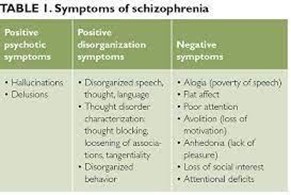A nurse is reviewing the laboratory results of a client who has Parkinson's disease and a prescription for carbidopa/levodopa. Which of the following values should the nurse report to the provider?
Fasting blood glucose 96 mg/dL
Hemoglobin 10 g/dL
Platelet count 200,000/mm3
BUN 10 mg/dL
The Correct Answer is B
Choice A rationale:
A fasting blood glucose level of 96 mg/dL is within a normal range and is not typically associated with carbidopa/levodopa therapy.
Choice B rationale:
Hemoglobin levels of 10 g/dL may indicate anemia, which can exacerbate symptoms in clients with Parkinson's disease and affect the effectiveness of carbidopa/levodopa.
Choice C rationale:
A platelet count of 200,000/mm3 is within a normal range and is not typically associated with carbidopa/levodopa therapy.
Choice D rationale:
A blood urea nitrogen (BUN) level of 10 mg/dL is within a normal range and is not typically associated with carbidopa/levodopa therapy.
Nursing Test Bank
Naxlex Comprehensive Predictor Exams
Related Questions
Correct Answer is ["0816"]
Explanation
To calculate the estimated date of delivery using Nägele's rule, follow these steps:
-Add 7 days to the first day of the last menstrual period. In this case, November 9 + 7 days = November 16.
- Subtract 3 months from the month of the last menstrual period. In this case, November - 3 months = August.
The estimated date of delivery is August 16
The rationale for this rule assumes that the average menstrual cycle is 28 days long and that ovulation occurs on day 14 of the cycle. Therefore, adding 7 days to the first day of the last menstrual period approximates the date of conception. Subtracting 3 months from the month of the last menstrual period adjusts for the difference between the lunar calendar (13 months) and the Gregorian calendar (12 months).
Correct Answer is B
Explanation
Choice A rationale:
Magical thinking is a positive symptom of schizophrenia, involving unrealistic beliefs or perceptions.
Choice B rationale:
A flat affect is a negative symptom of schizophrenia characterized by reduced emotional expression. Negative symptoms involve a decrease or loss of normal functioning, and a flat affect is one of the most common negative symptoms seen in schizophrenia.
Choice C rationale:
Ideas of reference are also a positive symptom, involving the belief that neutral or unrelated events have special significance related to oneself.
Choice D rationale:
Clang association is another positive symptom, involving the association of words based on similar sounds rather than meaningful connections

Whether you are a student looking to ace your exams or a practicing nurse seeking to enhance your expertise , our nursing education contents will empower you with the confidence and competence to make a difference in the lives of patients and become a respected leader in the healthcare field.
Visit Naxlex, invest in your future and unlock endless possibilities with our unparalleled nursing education contents today
Report Wrong Answer on the Current Question
Do you disagree with the answer? If yes, what is your expected answer? Explain.
Kindly be descriptive with the issue you are facing.
